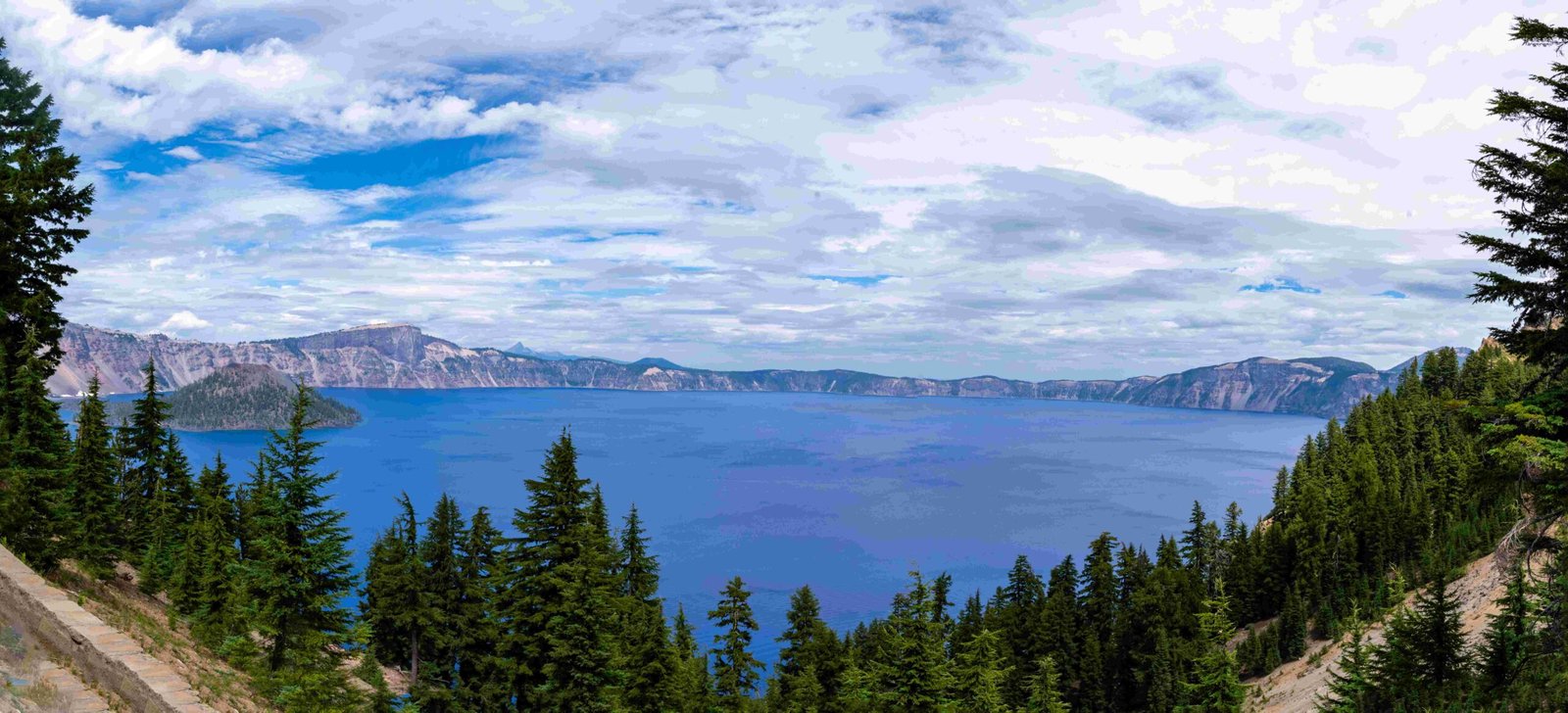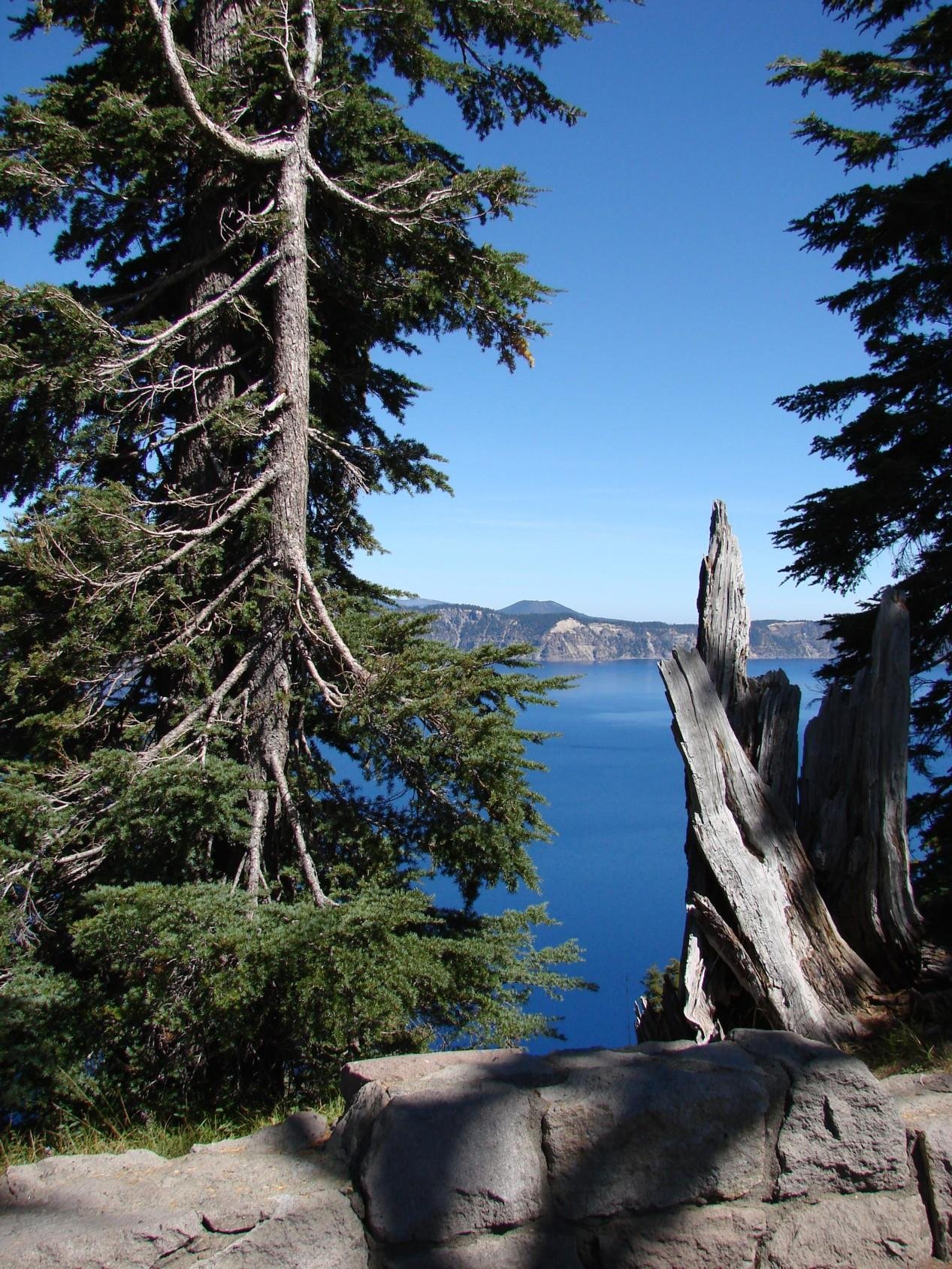Crater Lake, renowned for its pristine beauty, holds an impressive snow fall record. The park has experienced significant snowfall over the years, with the highest recorded amount reaching 879 inches in the 1932-33 season. However, recent decades have shown a gradual decline in average annual snowfall. Despite this trend, Crater Lake remains a winter wonderland, attracting visitors with its reliable snow cover and offering unique experiences for outdoor enthusiasts.
What is the Highest Recorded Snowfall at Crater Lake?

The crown jewel of Crater Lake’s snow fall record belongs to the winter of 1932-33. During this remarkable season, the park received an astounding 879.0 inches of snowfall between October 1, 1932, and September 30, 1933. This record-breaking amount stands as a testament to the extreme winter conditions that Crater Lake can experience.
Another noteworthy season in the crater lake snow fall record occurred in 1949-50, when the park saw 889 inches of snowfall. These exceptional years highlight the potential for massive snow accumulation in this unique alpine environment.
How Has the Average Snowfall Changed Over the Decades?

The crater lake snow fall record reveals a fascinating trend of declining average annual snowfall over the past eight decades. Let’s break down the statistics by decade:
- 1931-40: 614.48 inches
- 1940-50: 623.00 inches
- 1950-60: 571.51 inches
- 1960-70: 507.15 inches
- 1970-80: 494.54 inches
- 1980-90: 474.50 inches
- 1990-2000: 493.23 inches
- 2000-2013: 459.73 inches
This data clearly shows a downward trend in average snowfall, with a decrease of more than 100 inches from the 1940s to the 2000s. The most recent decade (2010-2019) continued to show variability, with annual averages ranging from 308.3 inches in 2015 to 590.3 inches in 2008.
What are the Record-Breaking Snow Depths at Crater Lake?
While snowfall amounts are impressive, the snow depth measurements at Crater Lake are equally remarkable. The crater lake snow fall record includes some staggering figures for snow accumulation:
- The greatest snow depths typically occur during January, February, and March.
- March 1952 saw a record-breaking snow depth of 224 inches on the ground.
- During peak winter months, snow depths commonly range between 100 and 200 inches.
These extraordinary depths contribute to Crater Lake’s reputation as a winter wonderland and play a crucial role in the park’s ecosystem.
How Do Historical Winter Weather Patterns Affect Crater Lake?
The crater lake snow fall record is not just about numbers; it tells a story of changing climate patterns and their impact on this unique environment. Let’s explore some key aspects:
Snowfall Trends
As mentioned earlier, Crater Lake has experienced a gradual decline in annual snowfall over the past eight decades. This trend is part of broader climate changes affecting the region and has implications for the park’s ecology and visitor experiences.
Temperature Variations
While specific temperature data is not provided in the available sources, it’s important to note that overall climate trends are influencing the snowfall patterns. The park is preparing for a future with potentially less snow, indicating that temperature changes are a factor in the evolving crater lake snow fall record.
Significant Weather Events
The crater lake snow fall record includes notable events that stand out in the park’s history. One such event was the winter of 1951-52, which saw record-breaking snowfall and snow depths. Despite a dry summer preceding it, this winter brought extensive snowfall, totaling 835 inches by the end of June 1952.
What Amenities and Facilities are Available for Winter Visitors?
Despite the changing crater lake snow fall record, the park remains a popular winter destination. Here’s what visitors can expect:
Parking and Accessibility
- The Rim Drive is typically closed during winter due to heavy snow.
- The Steel Visitor Center remains open year-round, providing information and amenities for visitors.
Winter Activities
- Cross-country skiing
- Snowshoeing (including guided snowshoe walks)
- Winter photography opportunities
- Wildlife viewing in a snow-covered landscape
Interestingly, even when surrounding areas experience lower snow conditions, Crater Lake often sees increased attendance due to its reliable snow cover.
What Does the Future Hold for Crater Lake’s Snow Fall Record?
As we look to the future, the crater lake snow fall record suggests a continuing trend of change:
- Declining Averages: If the current trend continues, we may see further reductions in average annual snowfall.
- Increased Variability: Recent years have shown significant fluctuations in snowfall amounts, which could become more common.
- Adaptation Strategies: The park may need to implement new strategies to manage changing snow conditions and their impact on the ecosystem and visitor experiences.
- Continued Monitoring: Ongoing tracking of the crater lake snow fall record will be crucial for understanding long-term climate trends and their effects on this unique environment.
Despite these changes, Crater Lake remains a testament to the power and beauty of winter in the high Cascades. Its snow fall record, while evolving, continues to make it a premier destination for winter enthusiasts and nature lovers alike.

